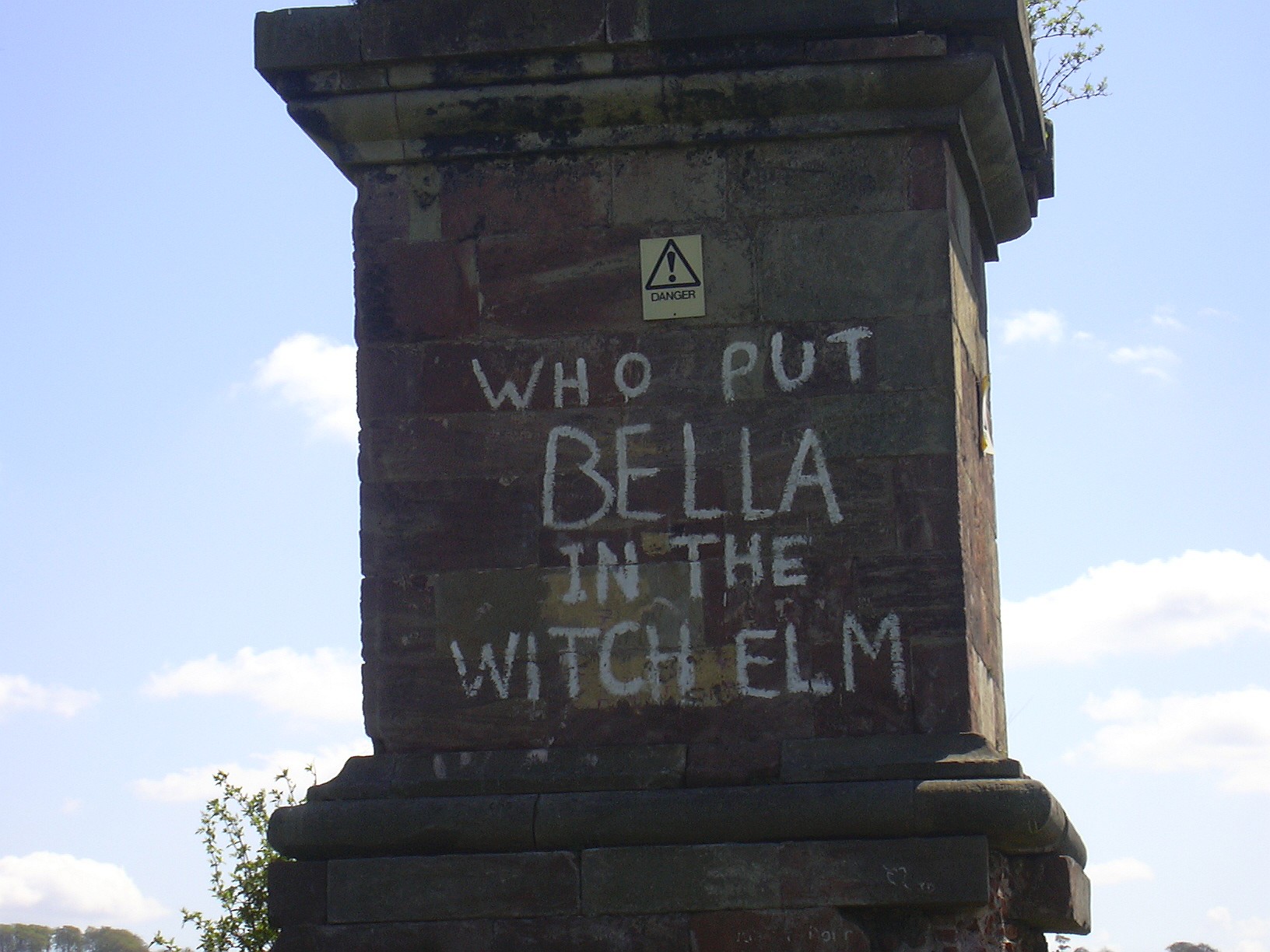On April 13th, 1943, four teenage boys in Birmingham, England ventured into Hagley Woods to search for food due to extreme rationing from World War II. While the boys, Bob Farmer, Robert Hart, Fred Payne, and Thomas Willets were searching, one of them split from the group and stumbled upon the stump of an old Wych Elm tree.
One of the boys looked through the mangled branches and saw a round white object that he mistook for an egg. To his horror, the object he thought was an egg, was actually a human skull. One of the boys used a large stick to remove the skull from the tree, but before the boys left, the skull was put back into the tree. It’s said that as the boys left Hagley Woods that day, they vowed to never speak of the event again.
But by the next morning, Willets had told his father, who in response immediately informed the police. Willets accompanied the police back to the scene and authorities found the tree which was roughly five to six feet tall with an opening that at one point narrowed down to only 17 inches in diameter. Investigators collected the skull and bones from the tree, as well as other bones scattered in the surrounding area.
Forensic scientist, Professor J. M. Webster, was able to partially reconstruct the skeleton of a woman between the ages of 25 and 40 years of age, leaning closer to 35. The bones showed no signs of disease or violence, although a large piece of taffeta had been stuffed into the mouth. This lead investigators to have suspicion of asphyxiation as a possible cause of death.
A “probable description” was released to the public and described a woman that was five feet tall with light brown hair and dressed in a striped dark blue and mustard-colored cardigan and a mustard-colored skirt. One size five and a half blue shoe was found outside of the tree and inside the trunk was the other shoe, as well as a gold wedding ring. It was believed that the woman had been dead for at least 18 months and suicide was quickly ruled out due to the uncanny shape of the tree. Professor J. M. Webster said, “I cannot imagine a person getting into the tree voluntarily. Even a small person like this could not have got in without doing herself a considerable amount of tearing.”
Police rooted through other files of missing women but found nothing and even after releasing the probable description and getting an influx of calls, none of the leads produced a match. A jury found a verdict of “murder by some person or persons unknown.” On May 4th, a newspaper called for all dentists in the area to come forth to see if any of them could recognize any distinguishable features in the woman’s teeth. Still, no identity could be given to the remains.
In March, 1944, an empty building in Birmingham was graffitied, “Who put Bella down the Wych Elm, Hagley Wood?” Even though it had been a year since the body was found, this was the first time she had been given a name. Young children pulling a prank was ruled out due to the height at which the graffiti was at, and police were intrigued. After they discovered the graffiti, another call came in about a house on Haden Hill Road that had similarly been vandalized months prior with the words, “Who put Luebella down the Wych Elm?”
Authorities believed that since the handwriting and spelling were the same in both graffiti accidents, that the person responsible was a lone farmer. Authorities also said that anyone who knew a “Bella” or a “Luebella” was to report to the police. Although there being multiple graffiti’s across the town and even out of town, no one could turn up records of any “Bella” or “Luebella” that matched the body found.
But in 1953, nine years after the last graffiti was found, police finally thought they had found their culprit but to their disappointment, they’d been barking up the wrong tree. The county’s detective super intendent said, “It was the work of a crank who we are satisfied knew nothing, and had nothing to do with the case.”
So it seems that “Bella” wasn’t even “Bella” after all. Although there are many theories to this story, none of them have been confirmed as true. So for now, the case of who put Bella in the Wych Elm will stay unsolved.
